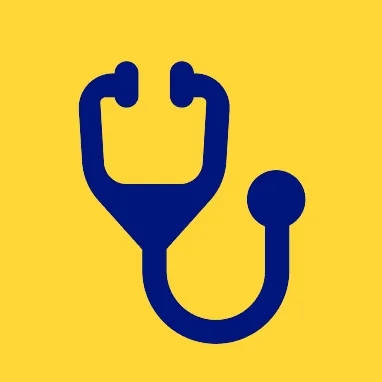HIV treatment as prevention, or TasP, means a person living with HIV takes medication to prevent passing the virus to someone who doesn’t have it. It also means you can maintain an undetectable viral load – meaning the amount of HIV in your blood is so low it doesn’t show up on tests. This helps you stay healthy, too.
HIV Treatment as Prevention (TasP) Is Different From Pre-exposure Prophylaxis (PrEP)
PrEP stands for pre-exposure prophylaxis. When taken correctly, it’s a highly effective medication regimen for people who test negative for HIV but who might have been exposed to the virus within the past 6 months. This might be through sex – protected or not – or injected drug use with someone who’s HIV-positive.
How HIV Treatment as Prevention (TasP) Works
The key to HIV treatment as prevention is meds you’ll take daily. The regimen itself is called antiretroviral therapy, or ART. It’s ideal to start as soon as you’ve been diagnosed. The drug will lower your viral load until it’s so low, it can’t be detected in a regular lab test. “Undetectable” is measured as having less than 50 copies – how many times the virus replicates itself – of HIV per milliliter of blood.
This status has been coined “undetectable = untransmittable,” or U=U. It means you can’t transmit the HIV virus through sex.
Reaching and keeping this super-low status is called viral suppression. Though the HIV virus will still live in your body, and HIV tests that pick up antibodies will still be positive, ART will keep staving off the virus from replicating as long as you stay on your plan precisely. This includes not only taking your meds as prescribed, but checking in with your doctor regularly and having viral load tests about every 3 to 4 months.
How Effective Is HIV Treatment as Prevention?
Research has shown TasP to be one of the most effective ways to prevent HIV transmission through sex. The approach gained huge medical support after a large trial began in 2011, with final results published in 2016. The study found ART reduced sexual transmission of HIV, along with a 96% reduction in new infections, when ART was started soon after HIV diagnosis. Starting early was key in treatment also because peoples’ immune systems were still healthy for the most part.
Benefits of HIV Treatment as Prevention (TasP)
This approach has many benefits:
- Keeping an undetectable viral load supports your immune system and can help you lead a long and healthy life.
- There’s no risk of passing the virus to HIV-negative sex partners.
- It works for almost everyone who sticks to their treatment.
- It kicks in quickly. You might reach an undetectable viral load in 1 to 6 months. But testing needs to ensure your status is “durable.” This means you’ll stay at undetectable status for at least 6 months before it’s safe to say you won’t transmit the virus.
- You stay aware of the virus’s status in your body.
Others Who Benefit From HIV Treatment as Prevention (TasP)
New mothers and babies. TasP also vastly cuts the chances – to 1% or less – of a pregnant woman from passing on the virus to her child during pregnancy, and also through labor and delivery. The baby should receive ART for 4 to 6 weeks after birth, starting at just 6 to 12 hours old.
Breastfeeding is another matter. Although a mother on ART and TasP might reduce the chances of transmitting HIV to her baby when breastfeeding, the risk isn’t so clear cut. The CDC and American Academy of Pediatrics recommend mothers living with HIV don’t breastfeed, and instead feed their babies using infant formula with clean, safe water or pasteurized human donor milk.
People who inject drugs. It’s possible TasP can cut your chances of transmitting the HIV virus to others if you inject drugs. Still, you should always use new needles and syringes – and never share – even if you’re at an undetectable viral level.
What Happens If You Go Off Your Treatment?
If you stop taking the meds, your viral load will quickly shoot up again because the HIV still lives in your body even while suppressed. Your doctor can help you zero in on any problems with your regimen or lifestyle and help you get back on track. You can get your viral load back to undetectable.
Taking HIV meds doesn’t protect you or your partner from getting other STDs. It’s key to discuss other safe practices with your doctor.
Share Your Status
Talk with your partner to choose methods you want to use to avoid transmitting HIV. Some states require people living with HIV and aware of their status to share this information with sex partners. A handful of states require disclosure if you share needles.
